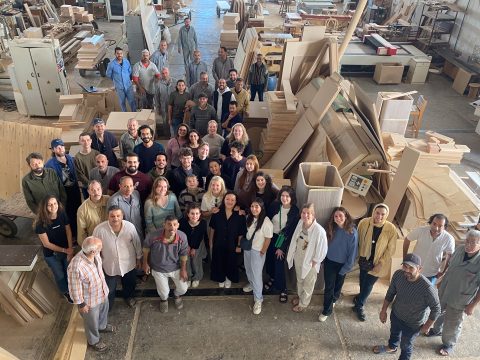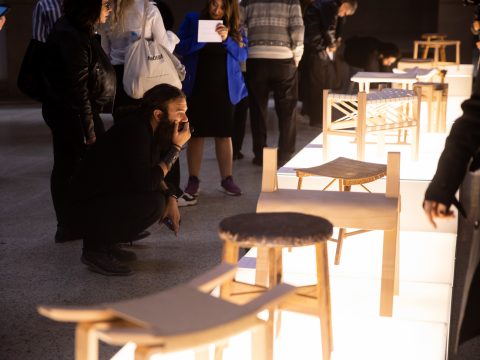In December, the stools were exhibited at the newly inaugurated National Museum for Egyptian Civilisation in Cairo. When the director of the Trapholt museum was subsequently offered to host the stools in Denmark, she did not hesitate.
“We couldn’t possibly say no to having this presentation. We love it when we see people working with creativity in a new way,” says Karen Grøn, the director of Trapholt Museum of modern art, craft and design in the city of Kolding.
At the opening of the weeklong presentation, the young designers told stories of how they had found inspiration in ancient Egyptian furniture design and architecture. Some had paid attention to details such as the shape of ancient headrests, the animal legs on pharaonic chairs, or the wrappings of the mummies, while others had been fascinated by the larger structures of old temples, monuments, and ships.










